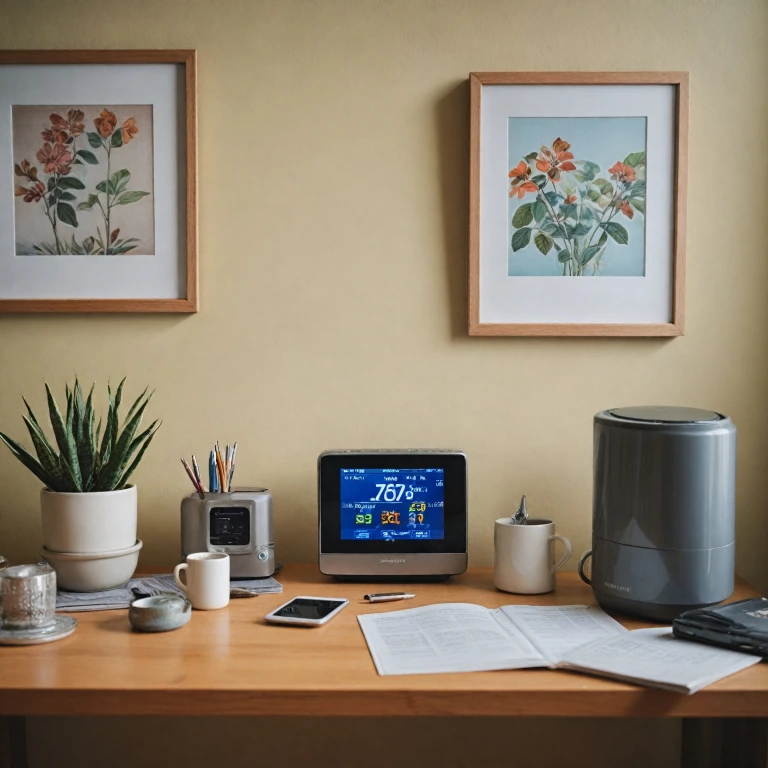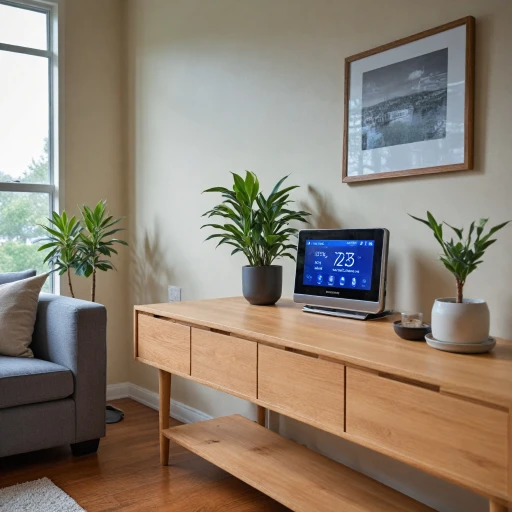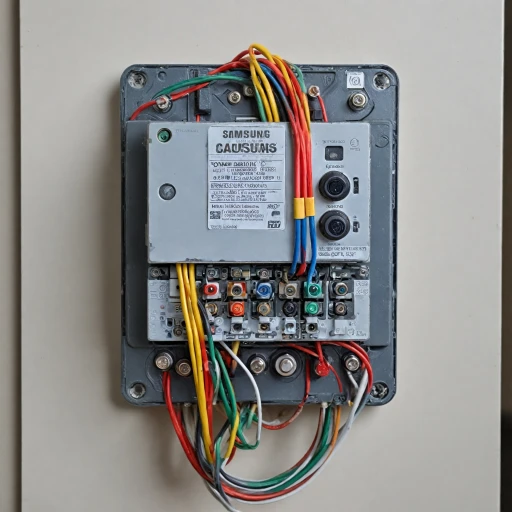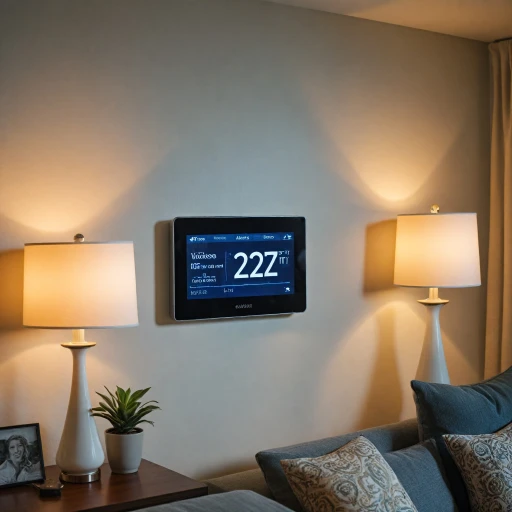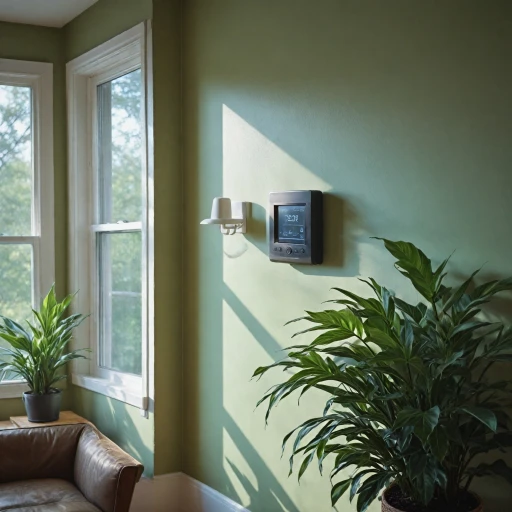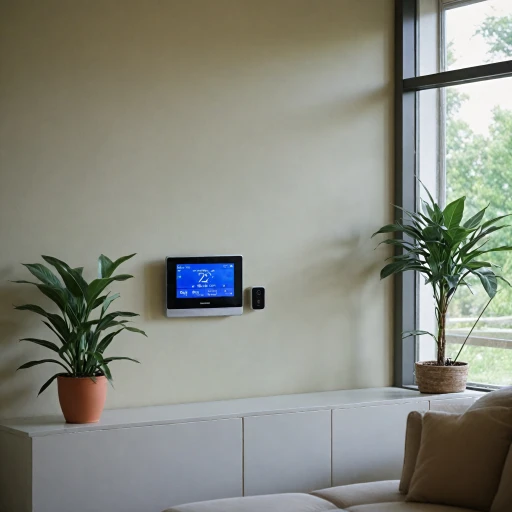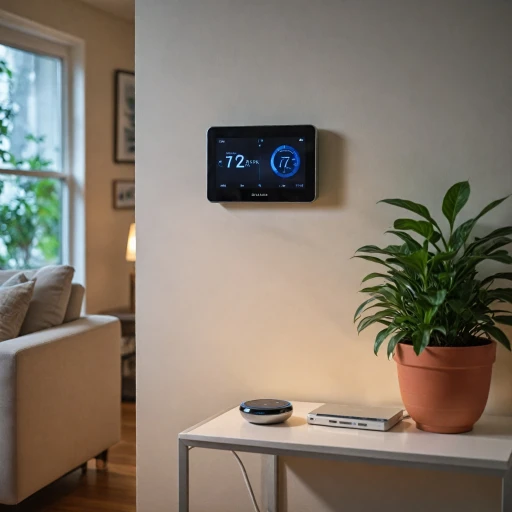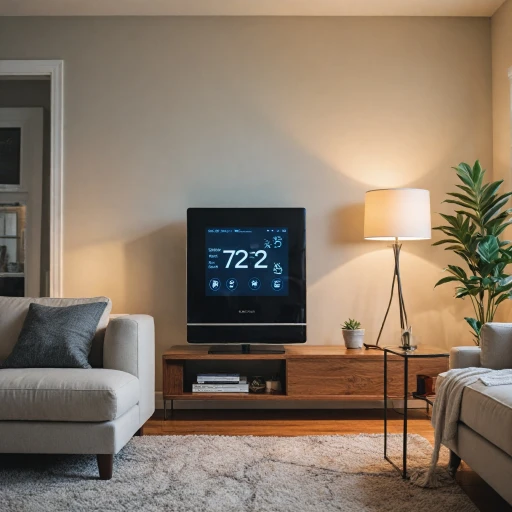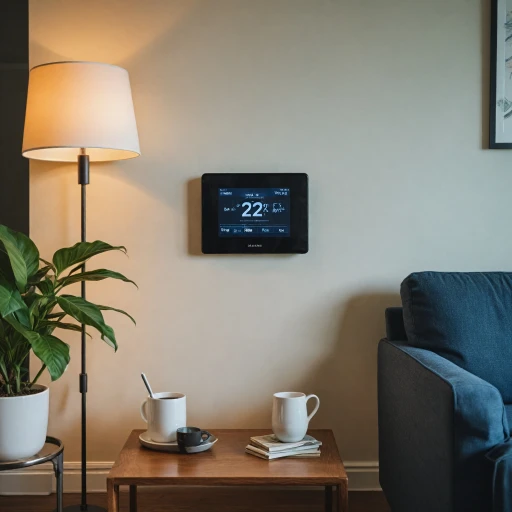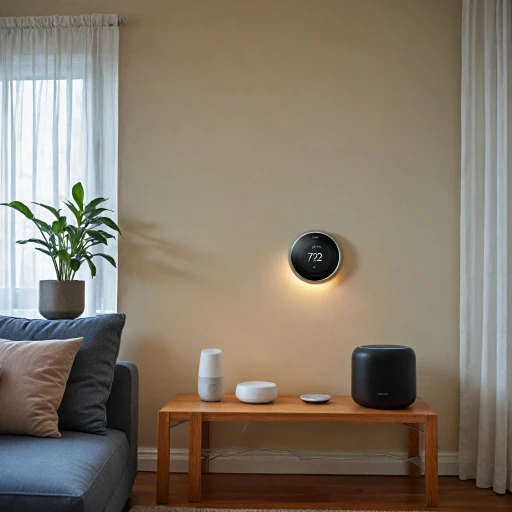
Navigating the t705 manual
Decoding the Layout and Symbols
Understanding the layout and symbols of the t705 manual is the first step in successfully navigating your smart thermostat's operation. The manual typically starts with an overview of the device's features, including programmable thermostat functions and how to change modes between cool and heat. Look for symbols which indicate your system's status, such as the heat pump or cool heat functions.Understanding Buttons and Their Functions
To operate your thermostat effectively, become familiar with the buttons on the device. Common controls include the system switch for toggling operations between heating and cooling modes, and the light button for adjusting glow dark settings, particularly useful in low-light conditions. Another critical feature is the press button often labeled as pro or hold—keeping this button pressed enables features like permanent hold, which maintains a set temperature irrespective of scheduled programs.Battery and Power Information
When handling the t705 manual, pay special attention to sections on battery and power details. Your thermostat may be powered by alkaline batteries, which are easy to change, or it may rely on a more permanent power solution like a common wire. Determining whether your setup uses battery power or requires more advanced configurations is crucial for smooth operation.Familiarizing with the System Cycle and Rate
The cycle rate section in the manual deserves a detailed look to understand how your thermostat manages your home’s temperature. This is especially important if you're dealing with a system switch involving heat cool operations or when a compressor delay is engaged to prevent system overload. For more information, a thorough exploration of the role of the c-wire in smart thermostats may provide additional insights essential for your overall understanding.Installation insights
Unveiling the Basics of Connecting Your Thermostat
When it comes to setting up your thermostat with the t705 model, understanding the operation of the device is vital. Here are some essential tips to guide you through the installation process:- Manuals and Labels: Make sure you have the correct manuals at hand. The installation process is detailed in the English manual provided with your thermostat package. Pay attention to the labels used for the various system connections.
- Batteries and Power: Use alkaline batteries to ensure the thermostat operates efficiently. Battery power is often required if your system does not have a common wire, known as a 'C-wire'. For more detailed information on the role of a C-wire in smart thermostats, check out our guide. This could be crucial for your thermostat's functioning.
- Connection with System Types: The t705 is versatile, compatible with various systems like heat pumps and pro IAQ systems. Ensure that you properly connect your thermostat switches for modes such as cool heat, heat cool, and others. Note the importance of a system switch for smooth operation.
- Terms and Conditions: Keep the terms conditions in mind while installing to avoid voiding the warranty or breaching any privacy policy protocols.
Programming your thermostat
Setting Up Your Custom Temperature Schedule
Programming your smart thermostat involves configuring settings that match your lifestyle, ensuring optimal comfort and energy efficiency. Once you've navigated through the installation and familiarized yourself with the operation of your thermostat, jump into setting a custom temperature schedule. First, determine your daily routine and energy needs. Consider programming different temperatures for various times of the day, such as lowering the heat while you sleep or when you're not at home. Use the 'Program' options to easily set temperatures for each day. To start programming:- Press the 'program' button on your thermostat.
- Choose the day of the week you wish to program. Most thermostats allow separate schedules for weekdays and weekends.
- Set your desired temperatures for distinct parts of the day: morning, daytime, evening, and night.
- Utilize the 'hold' or 'permanent hold' function for temporary schedule changes without altering the entire program.
Troubleshooting tips
Troubleshooting Common Issues with Your Smart Thermostat
Navigating the complexities of your t705 thermostat might seem daunting, especially when you encounter operational hiccups. Fear not, for we've distilled some straightforward troubleshooting strategies to help you out.- Addressing Power Issues: Begin by ensuring that the thermostat has power. If the screen is dark, it might be due to dead batteries or a tripped circuit breaker. Consider checking and replacing with new alkaline batteries. Also, verify that the system switch is correctly set to the desired mode (heat, cool, or off).
- Heat and Cool Settings: Ensure that the thermostat system switch is set to the appropriate position. If it fails to heat or cool, a common cause might be incorrect wiring during installation. Double-check the wiring connections as per the manual’s diagram.
- Adjusting the Cycle Rate: If your system is turning on and off too frequently, you may need to modify the cycle rate settings. The manual provides clear guidance on how to adjust these settings for both heat and cool modes, ensuring efficient operation.
- Compressor Delay: The thermostat may be programmed with a compressor delay to protect the equipment. If operations resume after a delay, this feature might be active, as detailed in your manual. Understanding this feature can prevent unnecessary panic.
- Utilizing the "Hold" Feature: If your thermostat isn't following the program schedule, check if the hold feature is active. There are different types, such as temporary and permanent hold, which suspend automatic changes.
- Understanding the "Glow in the Dark" Button: For ease of use in darker conditions, the light button might not be responding if the battery power is low. Changing the batteries could resolve this issue.
Advanced features and settings
Exploring the Advanced Capabilities of your Smart Thermostat
When delving into the advanced features of the smart thermostat, it's important to grasp how these can optimize your climate control, ensuring efficiency and tailored comfort. It's crucial to note how these features differ from basic programmable thermostats, aligning them closer to professional-grade systems.One of the hallmark features is the heat pump capability. This feature can significantly enhance your system’s efficiency, particularly in milder climates, by transferring heat rather than generating it through conventional methods. However, understanding how this integrates with your system’s compressor delay and system switch settings can prevent unnecessary energy consumption.
Moreover, the common wire — often referred to in the manual — plays a crucial role in providing continuous power from your HVAC system to your thermostat, ensuring it operates without solely relying on battery power. This contributes to maintaining the functionality of your thermostat’s advanced settings.
For those who travel frequently or have unpredictable schedules, the permanent hold option offers comfort and flexibility. By temporarily overriding scheduled programs, you can set a constant temperature until manual adjustments are made again, catering to your immediate needs without altering your programmed settings.
With a focus on visibility, many modern thermostats come equipped with a glow dark light feature. This feature ensures your screen is effortlessly readable in dark conditions, preventing the hassle of adjusting settings in low-light scenarios.
Additionally, consider the importance of the cycle rate setting. Proper adjustment of this setting helps in managing how frequently your system turns on and off, preserving the lifespan and efficiency of your system.
Your user manual outlines these features in detail, ensuring you fully leverage the enhancements in climate management these bring to your home. Regularly reviewing these features helps in optimizing your comfort and system performance without violating the privacy policy standards set forth by your thermostat manufacturer.
Maintenance and updates
Ensuring Longevity and Efficiency
Keeping your smart thermostat in optimal condition requires occasional maintenance and timely updates. This process not only prolongs the lifespan of the device but also ensures that it operates efficiently.
First and foremost, understanding the power source is crucial. Many thermostats rely on battery power; hence, it's essential to change batteries periodically. Alkaline batteries are often recommended for their longevity and stability. If your device supports a common wire (C-wire), connecting it can provide consistent power, eliminating the need for battery replacements.
Performing a system switch check periodically is advised. Whether you are utilizing a heat pump, or conventional heating system, ensuring that the system switch is correctly set to ‘cool heat’ or ‘heat cool’ based on the current season is crucial for energy efficiency.
Software updates for your programmable thermostat are typically made available through the manufacturer's website or directly via the thermostat interface. Keeping your device updated enhances its operational capabilities and may include new advanced features mentioned in earlier discussions. These updates can also address issues reported in user manuals.
Cleaning is another critical maintenance activity. The device may have a glow dark or light button which can indicate when it’s active. Wiping the surface gently with a soft cloth to remove dust and other particles can prevent potential malfunctions.
Finally, familiarize yourself with the terms and conditions provided in the thermostats manual. Understanding the privacy policy and compliance with guidelines can help you maximize the performance and ensure the security of your data.
